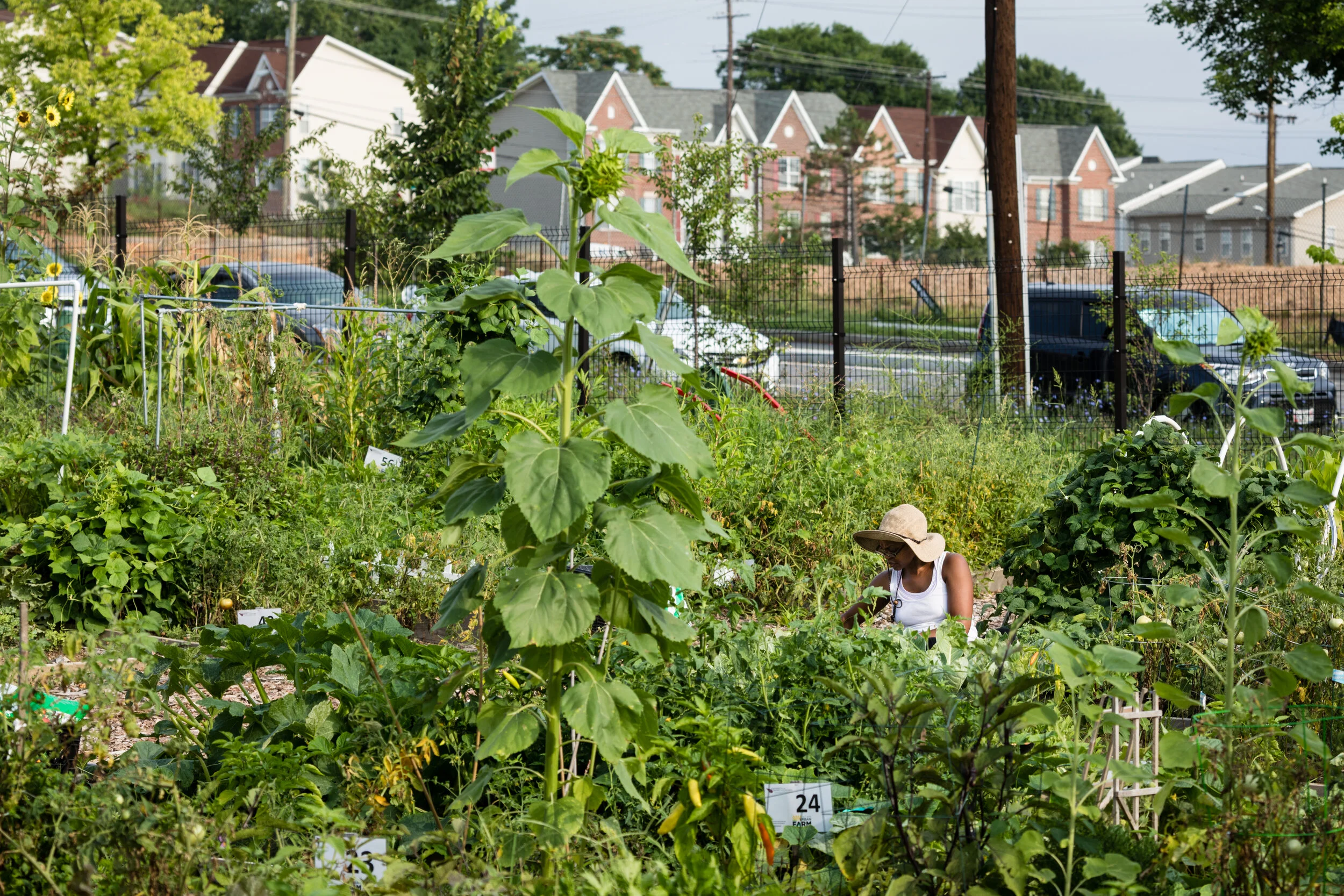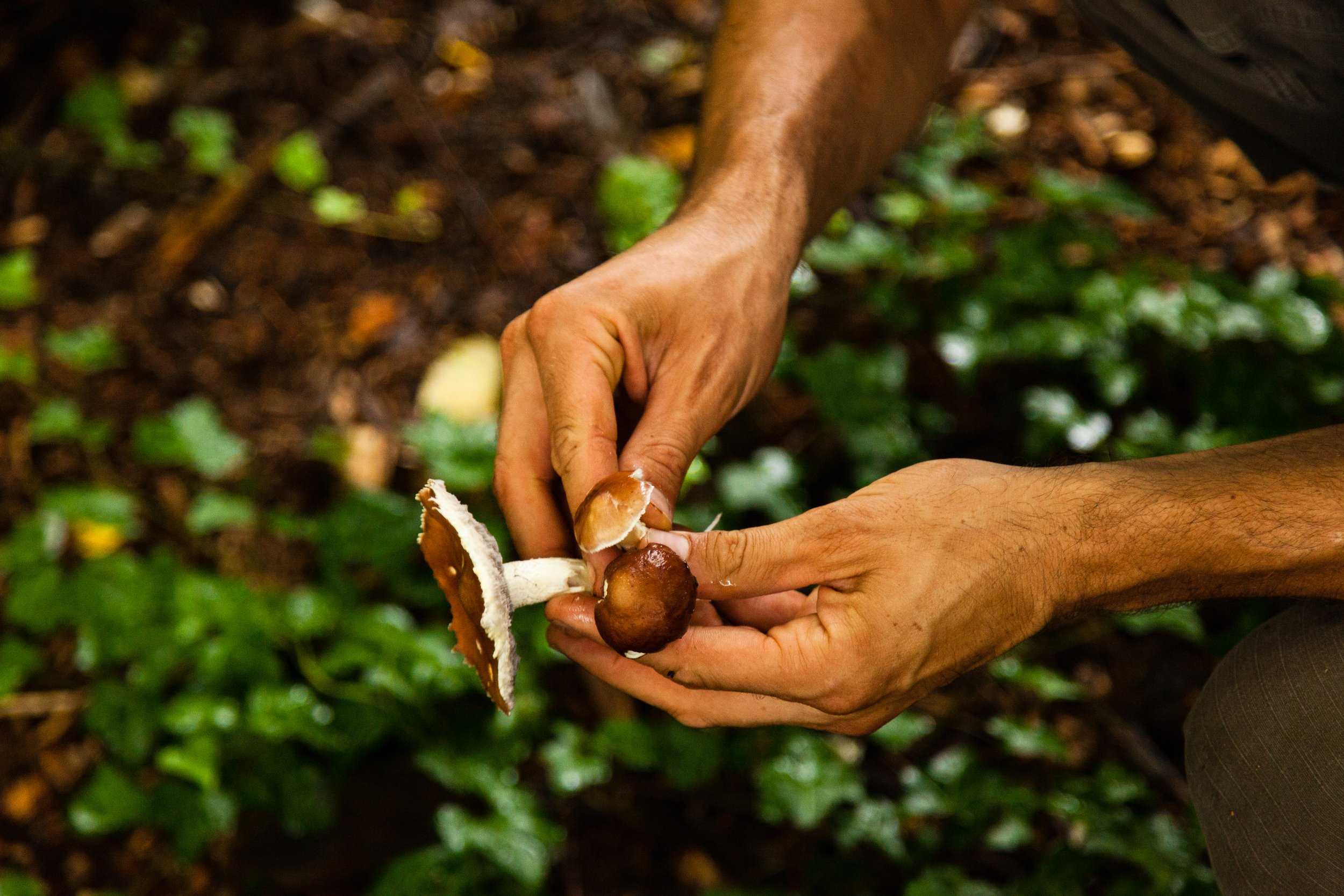How to Eat Your Way to a Sustainable Bay
/Skyler Ballard/Chesapeake Bay Program
We’ve all heard it before - eating locally is good for the environment. It helps to limit carbon emissions and combat climate change, largely due to lower levels of transportation, packaging, and processing than food that travels hundreds, or even thousands, of miles to your grocery store. Not to mention there are several additional health and community benefits. Luckily in the Chesapeake Bay watershed, we have an abundance of local food. Agricultural lands make up nearly 30% of the watershed and there are more than 83,000 farms in the region. There are several ways you can start shopping locally, no matter where you live.
One of the easiest ways to start purchasing local food is at a farmer’s market. In more rural areas, you can often find permanent farm stands on or near farms, selling their seasonal harvests. If you live in a suburban or urban area, there is a good chance that your city or county hosts a weekly or monthly farmers market, where multiple farmers gather to sell their food and products in one public location. If you don’t have access to a farmers market, you may be able to find some local produce at a grocery store or food market, especially if you pay attention to what’s in season.
Another popular way to buy local, seasonal food directly from a farmer is through Community Supported Agriculture (CSA). In this type of program, you can sign up for a membership or subscription to the CSA, and receive a box of seasonal produce each week. You can use a resource like Local Harvest to find a farmers market or CSA near you. Buy Fresh Buy Local Chesapeake is another great organization that promotes locally grown food to the public, connects consumers to local food producers, and shares resources and local food guides specific to the Chesapeake Bay region.
You can’t talk about food in the Chesapeake Bay without mentioning seafood. Similar to a CSA, a Community Supported Fishery (CSF) is a membership program that directly connects people with fishermen and their catch, which is locally sourced and sustainably harvested. While still a newer concept, the increasing demand for fresh, local, and sustainable seafood means that several CSF programs have been established and are continuing to be established in the region. A resource such as Local Catch Network can help you find a CSF near you.
Remember that local food is not just groceries- it can also mean eating at local restaurants with farm-to-table practices, drinking at local wineries and breweries, or even getting fresh ice cream from dairy farms. Even just a small change in shopping and eating habits can go a long way toward supporting the local economy, feeling more connected to your community, and helping to make the Chesapeake Bay healthier and more sustainable.


